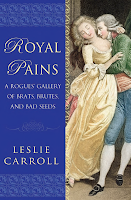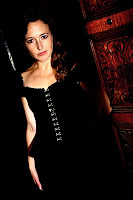John Bishop House

John Bishop House This past weekend, I and my family had the pleasure of riding the Wilmington and Western Railroad -- something we try to do at least a couple times each year (our daughter, especially, loves the train). In addition to being a pleasant, quiet ride through the scenic Red Clay Valley, the whole trip oozes with history. You really never go more than a couple minutes without passing some historic house, the ruins of a mill, or the remnants of a mill race. To anyone who has ever taken this trip, the house to the right should look very familiar. This picturesque gem (one railroad volunteer told me this view was his screen saver) is the John Bishop House, and it sits just west of Barley Mill Road, near where the road crosses Red Clay Creek north of Wooddale. The Bishop House is one of those wonderful old homesteads that's tucked quietly away from all of the noise and hubbub that is much of New Castle County these days. If it weren't for the train, in fact, very f...










.jpg)



